Austin-Lehman Adventures receives kudos from Travel and Leisure, National Geographic Adventurer, and Outside Magazine for their adventure trips. Founder Dan Austin shares insights into how you design the “feng shui” of a trip with “Wow” moments and water-cooler bragging rights.
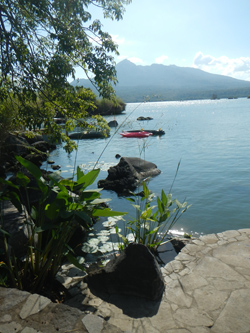
Kayaking amidst volcanoes and gardens, part of Nicaragua’s allure for active travelers. Photo by Lisa TE Sonne
The “ALA” team can customize an adventure trip for you in dozens of countries. Here he shares how they designed their inaugural trip offerings to Nicaragua.
How do you decide whether to add a new country as a destination? What factors do you look for?
Austin: “That is a great question! First there has to be some level of interest. Whether from our guests sharing their travels to an area or one of our staff experiencing it in the off-season. Just takes someone raising their hand and saying, “hey check out”. That just starts the ball rolling. In this age of the internet, hundreds of hours can be spent looking at everything from key properties or hotels, to likely trails or activities.
“At some point a site visit by yours truly is typically in the cards… I know it’s a tough job. After endless hours poring over maps, guide books and websites, we just start looking for a “route” that has plenty of opportunities to experience the region, its culture, history and activities. All without spending endless hours driving and driving to get from point A to point B. Finding key hotels that fit the route and the region is also key. They don’t have to be 5 star… but they do have to be nice and appropriate for the area. And of course it has to be safe! “
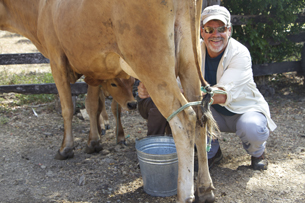
Calf looks on as Dan Austin rolls up his shirt sleeves and milks a cow, part of an option one morning to help make your own farm breakfast. Gathering eggs is next.
How do you decide whether to add an activity to a given destination whether it’s cigar making or ash-boarding like on the first Nicaragua trip?
Austin: “That is a tough one, obviously you can not do everything— at least not in one visit. We look at getting the biggest bang for the buck. Does it fit well with the region and what people expect? Is it a quality experience? Does it provide bragging rights back at the office around the water cooler? (Like, what did you do this weekend? Me, I ash boarded off the top of an active volcano!)
“Does it have the makings of a “WOW” moment… something truly memorable. Really look hard at the “feng shui” of a trip. Does it flow well, good mix of activities, calorie burning and calorie consuming. Something for the mind, body and soul.”
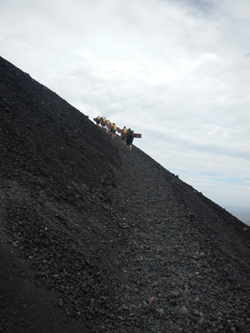
Austin carried his board to the top of the volcano with others whoalso signed up for “ash-boarding” down. Photo by Lisa TE Sonne
What do you do before you offer an activity or destination to the public?
Austin: “We really need to see it before we can get behind it. Maybe not every little detail, but the basics. A quality local guide is key! A lot of time and energy goes into securing the local guide and then training on the ALA way. With the right guide you can accommodate any and all guest requests and or surprises that might pop up.
“In the perfect world, I like to personally experience the exact trip (and have time to tweak and adjust) before our guests see it. With some 80 programs constantly evolving around the globe, that isn’t always possible. When I can’t, I have to make sure we have the right guide and a key staff support person on the job… especially for the first few departures. We need to represent ALA at all times.”
How do you choose accommodations?
Austin: “The best way to put it is simply—“The most appropriate for the region,” meaning it might be the historic Old Faithful Lodge in Yellowstone or an over-the-top tent camp somewhere in Damaraland Namibia.
“On our recent trip to Nicaragua that was a good example– a balance.–historic Spanish style properties just off the town square in Granada to an award-winning Eco -Lodge complete with private beach in San Juan del Sur. Hotels and lodges are a big part of the experience and we look for the best possible properties that “fit”. Also key is that they share ALA’s passion for customer service and treat our guests like you would a guest in your home.
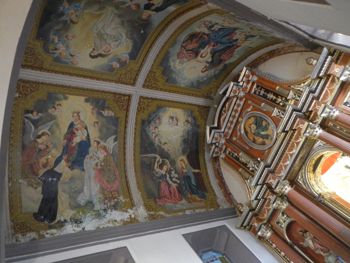
Cathedrals, museums, plazas, spas, history tours were options along with zip lining, horseback riding, kayaking and ash boarding.
Why did you choose to add Nicaragua to your global portfolio of adventures?
Austin: “It’s funny, we started working on Nicaragua long before the main stream media picked it up as an up and coming destination. A lot has changed in Nicaragua since the 80’s and 90’s, the country has always been fabulous for its scenery, culture and such, just wrapped up in civil unrest. So as Nicaragua started to emerge as a safe destination and open to tourism, it was just natural to keep an eye on it and look to understand it better.
“Being just north of Costa Rica was also part of the interest. If Costa Rica is so great, we better look at its neighbors. As we dug in, we saw the value available as well. Nicaragua is still very affordable and a great value for what you get. I think I had a half dozen 25 dollar massages !”
Why do you use local guides and how do you assure that the local guides will provide a memorable, safe experience when you aren’t there?
Austin: “This is a personal decision. I know it’s not what all companies do. I just know if I travel to an international destination, I want to get to know it from a “locals” point of view. I want to hear about growing up in the country, the issues they face today, where they are going, etc. Locals also add an element of safety you can’t duplicate, they know where they should and should not go.
“We look for experienced, professionals with a passion for sharing the best of the best their country or region has to offer. We then “train” on the ALA way. We work on everything from the “extra wows” to problem solving and first aid. We look at is as a partnership and we chose our partners carefully. “
I really enjoyed your company’s inaugural trip to Nicaragua. You mentioned that you wanted to tweak it for future groups. How?
Austin: “I think we will just look at the highlights and how they were received. We will look at what we missed and why? Maybe try and cut some of the drive times down. I am actually considering just two moves—Granada and San Juan del Sur–leaving more time to explore a bit deeper at each. Visitors can easily do “add ons” if we say drop Leon. Also looking at adding the hotels for the first and last night in Managua near the airport. This will just help take a bit of the stress out of arriving and departing with a wide range of flight schedules.
“It often takes years of “tweaking” to make a good trip great or a great trip incredible! Always looking to improve, new properties are always coming on line, new restaurants or even new trails or activities.”
How will you make the Nicaragua trip more “luxurious” for those who want to pay more for extra amenities? For example, can they opt to fly into the airstrip near Morgan’s Rock, the upscale (for eco-lodges in Nicaragua) sanctuary?
Austin: “Interestingly enough while Morgan’s Rock is amazing and I don’t see switching, there is a new “over the top” 5 star property coming on line in the same area.. (good article in WSJ Really it’s just a matter of keeping our eyes open and continually researching options. Dang, I may even have to go back soon and do site visits on the lookout for new properties.”
What do you say to people who are worried about the political past of Nicaragua and how safe is it now?
Austin: “I think everyone on our recent group would agree, we never felt safer! I spent a week traveling before the group and went well out of my way to get off the beaten path and again, never felt safer in any region of the globe. The country sees tourism as a key to a prosperous future. Typically tourism jobs pay more than other industries and embracing it can only create more and more opportunities.
“I have found that once a country understands the value of tourism, they have a tendency to start policing themselves. The last thing they want is for some random act of violence set them back and it will. “
What would you like people to know about you and your company?
Austin: “I think just that we are not the biggest and never plan to be. We are family owned and operated. We have put a lot of time, effort and energy into creating and living by both a mission statement as well as a vision statement that sums it up best.. I will share those with you here.”
Mission Statement:
- The mission of Austin Lehman Adventures (ALA) is to:
o Design and operate incredibly fun and deeply memorable outdoor adventure vacations in the Americas, Europe and Africa for adventurous, caring and curious individuals, families and groups led by the company’s extraordinary guides;
o Exceed guest expectations via highly personalized ‘above and beyond’ service, smaller group sizes, great food, best-in-class accommodations and signature ‘wow moments’;
- Allow its guests to experience destinations, wildlife, and communities in a deeper and richer manner than they would on their own; and
- Inspire guests to become clients for life.
Vision Statement:
- To be the most respected, trusted and best loved tour operator by our guests, employees, partners, and the communities we serve. To be recognized and respected for our collection of pre-set itineraries and custom trip planning services…and the extraordinary ‘above and beyond’ personalized service we provide to all our guests. To deepen and expand our passionate and active commitment to philanthropic initiatives that enhances our guests’ experience, improves the lives of people in the places we visit and propagates the importance of traveling with an open heart and small footprint.
More Luxury Travel Maven Q & A with the Austin Lehman founder who walks, ash-baords and kayaks his talk in in Nicaragua.
What adventure would you like to design?
- Lisa TE Sonne, Luxury Travel Mavens
Photographs by (c) Lisa TE Sonne from ALA Nicaragua trip, except for feature home page photo of Yellowstone, provided by Austin-Lehman Adventures.

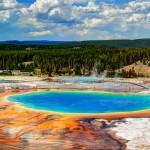

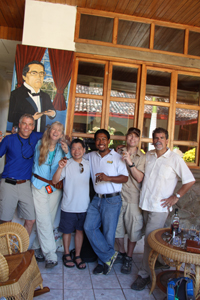
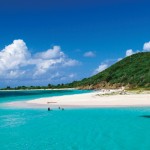
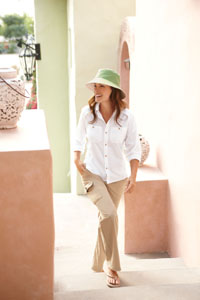
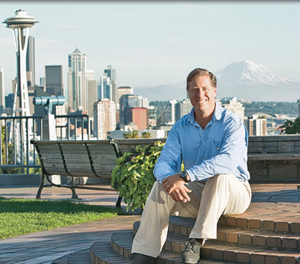

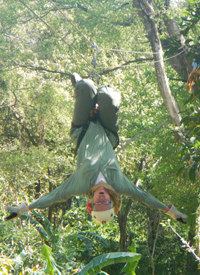

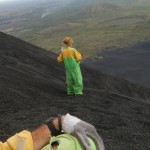
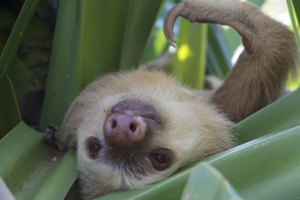
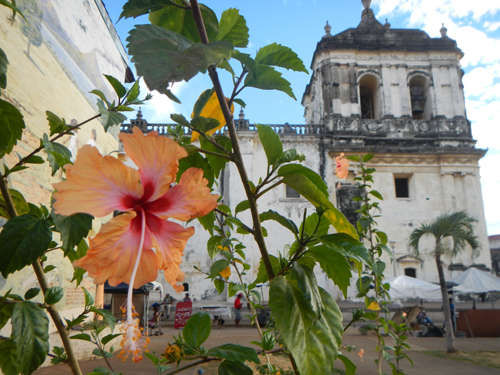
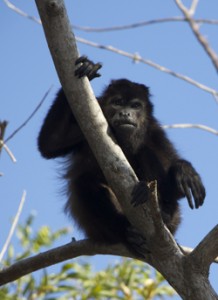
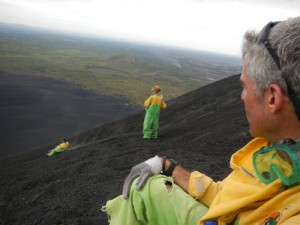
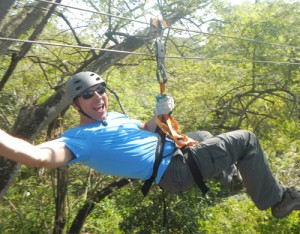

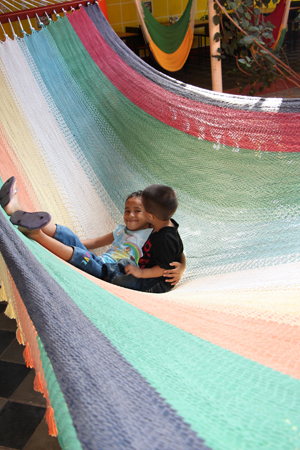
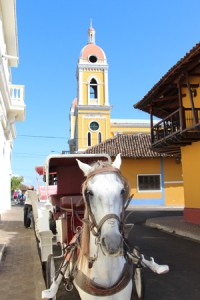

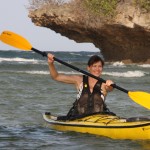

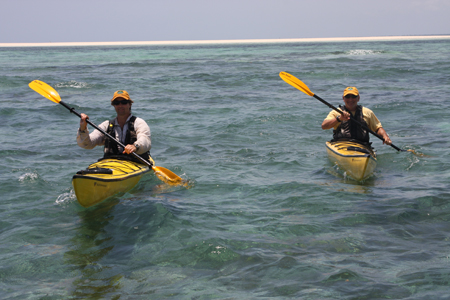


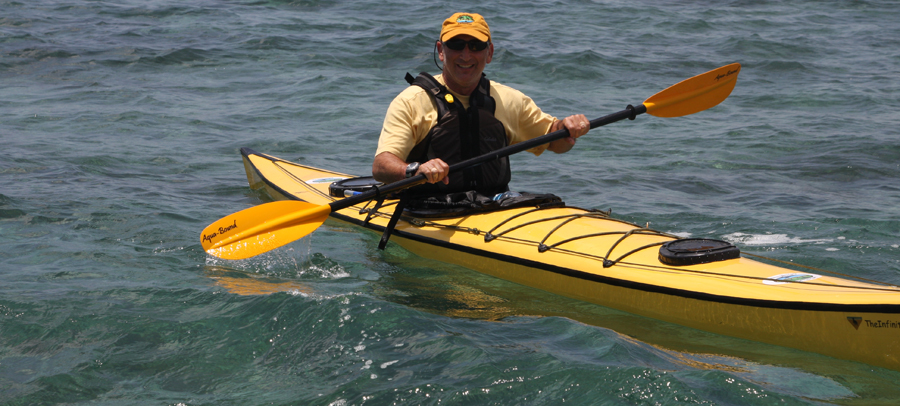
Recent Comments